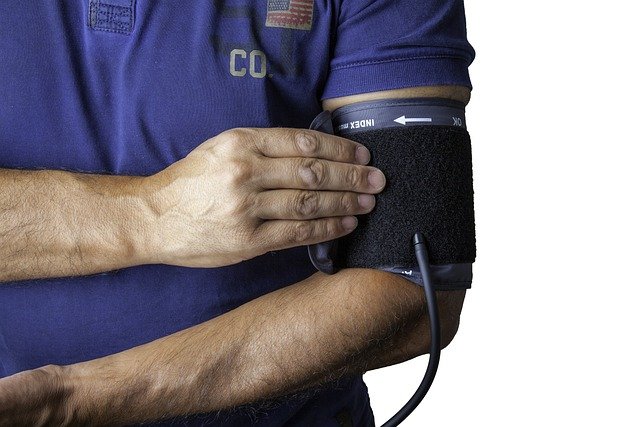Practical pathways to earning a secondary credential at any age
Adults and teenagers alike can access multiple pathways to a secondary credential. Whether pursuing classroom study, technical school instruction, or workplace learning, clear steps, realistic timelines, and support services help people balance life, labor, and study while pursuing a recognized diploma.

Earning a secondary credential, commonly called a diploma, is possible at many stages of life through a mix of classroom study, vocational training, and workplace-based programs. Flexible schedules, online instruction, evening classes, and competency-based assessments let learners balance family, labor, and personal growth while building skills that connect to fields such as construction, healthcare, tourism, or technical trades.
Airplane and aviation-related pathways
Many secondary credential programs link to aviation foundations, offering basic instruction in safety, terminology, or ground operations rather than pilot certification. These pathways can introduce students to logistics around aircraft goods handling, airport teamwork, and regulatory study. For someone interested in aviation services, combining a diploma with short technical certificates can help demonstrate foundational knowledge relevant to airport ground labor and support roles.
Car repair and hands-on technical training
Technical schools and community programs often pair diploma completion with car repair courses. Hands-on labs teach mechanical troubleshooting, diagnostics, and customer service skills. Work-based learning or apprenticeships let learners apply instruction while earning credit toward a secondary credential; teamwork in a shop setting builds practical competencies employers value and supports steady growth in technical ability.
Construction trades and workforce readiness
Construction-related programs emphasize safety, math for measuring, and teamwork on site. Many training providers integrate instruction on handling goods, material logistics, and labor-management basics. These programs can be suitable for learners seeking a diploma plus trade certification, where study focuses on practical outcomes, clear competencies, and pathways into formal apprenticeships that continue skill development.
Healthcare, hospital administration, and related study
Secondary credentials can include coursework preparing students for entry-level healthcare roles or hospital administration support positions. Programs often cover privacy rules, basic patient interaction, and organizational skills that help in administrative departments. This article is for informational purposes only and should not be considered medical advice. Please consult a qualified healthcare professional for personalized guidance and treatment.
Healthcare-related instruction sometimes aligns with psychology basics or customer-care modules, helping learners who plan to pursue further study in nursing, psychology, or health services management. Emphasizing teamwork, communication, and ethics in these programs prepares graduates for supportive roles in clinics or hospital administration without implying specific job availability.
Technical school programs and broader instruction
Technical school programs commonly combine diploma preparation with occupation-specific modules: chef training for culinary pathways, frozen food handling and safety for food service, or goods logistics for supply-chain roles. Instruction is often practical and competency-based, allowing learners to demonstrate mastery through projects or assessments rather than seat time alone. Many programs support women returning to study with flexible scheduling and mentorship, addressing labor market barriers through targeted supports.
Tourism, hospitality, and service-sector pathways
Regions with tourism demand, including destinations like Spain, offer study programs that tie a secondary credential to language skills, customer service, and local industry knowledge. Culinary tracks, chef apprenticeships, or hospitality modules focus on teamwork, standards for handling perishable goods, and guest services. These options illustrate how a diploma can be combined with sector-specific skills to support onward education or occupational training.
Putting a plan together Start by identifying whether you need a full diploma program, a competency-based alternative, or a GED-style option. Look for programs that offer flexible instruction—online, evening, or blended formats—and that recognize prior learning or work experience. Consider how a program connects to practical skill areas such as psychology basics for social services, hospital administration for healthcare support, or technical instruction for trades like car repair and construction. Ask about hands-on components, internship or apprenticeship links, and supports for balancing study with labor and family commitments.
Conclusion A secondary credential can be earned through many practical pathways that respect different life stages and responsibilities. By choosing programs that combine diploma requirements with targeted technical instruction, workplace learning, or sector-specific modules—whether in aviation support, car repair, construction, healthcare administration, or tourism—learners can build relevant skills while completing credential requirements. Thoughtful planning and local research help match study formats to personal schedules, supporting steady growth without overstating employment guarantees.






